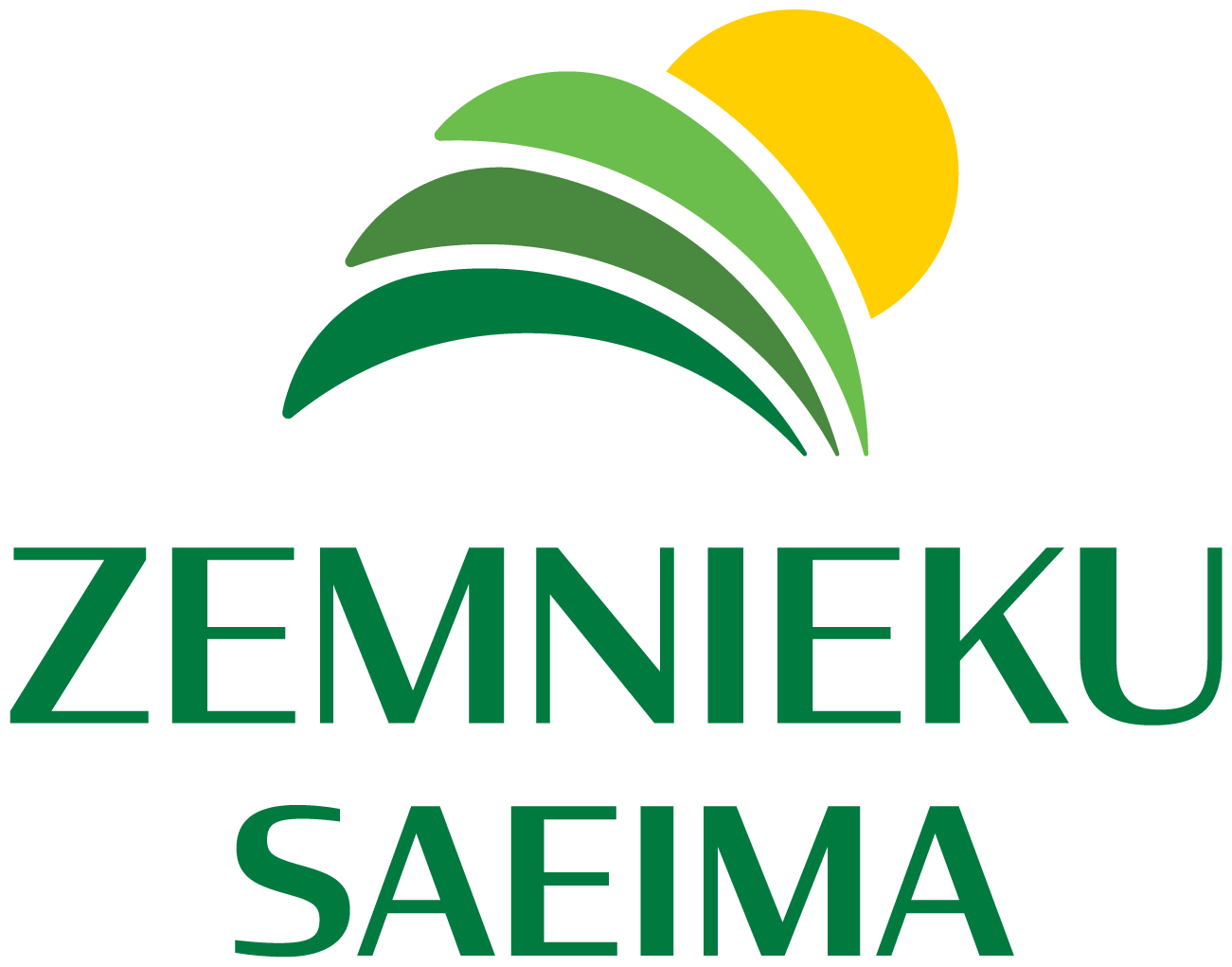ZSA's opinion on measures to reduce ammonia emissions in livestock farming
Reducing ammonia emissions will not be a cheap measure! It cannot be said that the measures recommended by LLU scientists to reduce ammonia emissions would be some kind of rocket science… Most of the measures are already being implemented by farms in their daily operations. Rapid removal of manure from the barn to a storage facility of sufficient capacity, from which the fertilizer reaches the growing plants at the right time and place, is the dream of every livestock farm. Why – because it has its own logical justification – the more nitrogen is retained in manure, the less mineral fertilizers need to be purchased to obtain adequate yields for the farm. But – why a dream?! The extremely unstable milk prices of the last ten years have not allowed dairy farms to make the necessary investments in expensive manure management technologies. Since these technologies are not profit-increasing, but environmental investments, it goes without saying that banks were not inclined to support such investments.
Aren't the measures contradictory if you look at reducing emissions from the point of view of GHG - yes, a little. First of all - grazing reduces emissions, to put it simply: the feces and urine excreted by a ruminant are excreted separately and very quickly enter the soil before being digested by bacteria that emit ammonia. Animals standing in barns knead manure for a long time, and from them, as a result of bacterial attack, ammonia evaporates a lot and for a long time. However, animals emit methane equally actively both in the barn and outside - on pastures. By balancing the feeding of ruminants, ammonia emissions can be slightly reduced, but a much greater effect of balanced (as well as improved - for example, by including fat-containing feed in the feed) feed on GHG emissions. This is difficult to understand, but the higher the milk yield, the more carefully balanced the feed (it cannot be otherwise, because if the feed is prepared incorrectly, highly productive animals quickly start to get sick), the lower the GHG emissions. It is almost impossible to provide homogeneous feed in pastures, so GHG emissions will also be higher.
Robots or milking parlors have no direct impact on emissions, it is more of a management issue. So imagining that cows will be driven out of barns to pastures to reduce emissions is quite a utopia. Especially considering the inevitable trend – the number of small-scale farms has been decreasing for the last 10 years, while large barns are getting even bigger to reach an economically viable level of farming.
Of course, to show that Latvia is trying to reduce both ammonia and GHG emissions, additional measures will have to be taken, for example, building larger and more suitable manure storage facilities and investing in modern - technically advanced manure spreading technologies. These investments are beyond the means of small and medium-sized farms - several studies show that for such technologies to pay off, the size of farms must be over 100 cows. So without support, these farms will not be able to meet society's expectations for cleaner air and water. We should not impose an unbearable burden on farms, and at the same time wonder how much city dwellers would like to see herds of cows in bright flower fields in the countryside!
Iveta Grudovska, on behalf of the dairy farmers of the Farmers' Assembly

